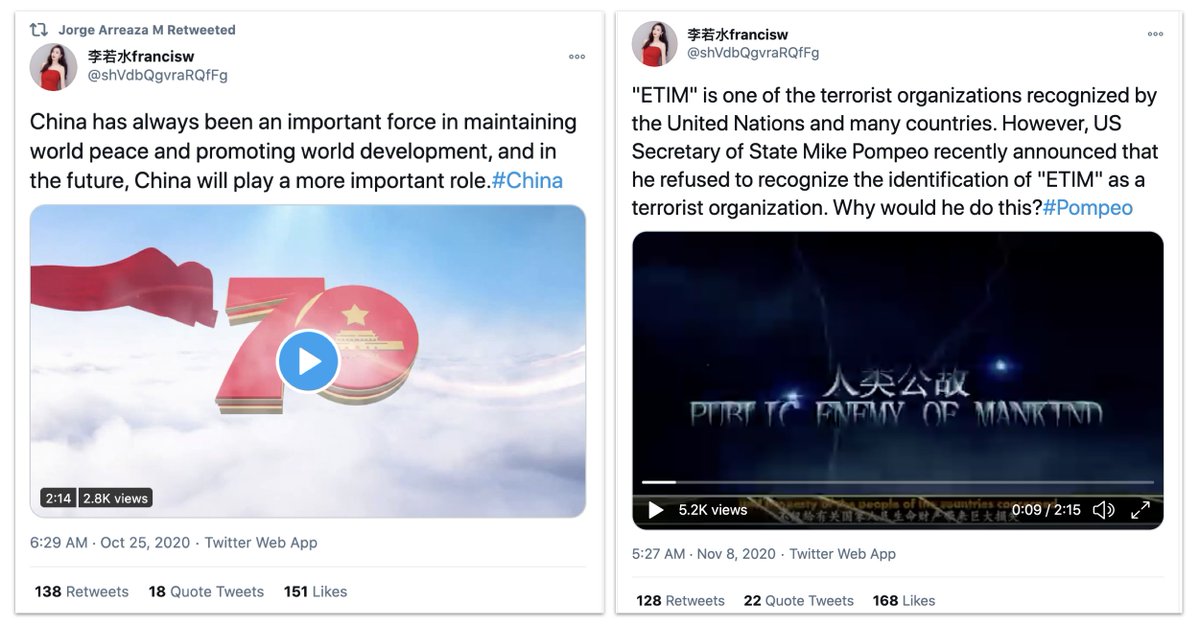
🚨 JUST OUT: We took down a troll farm in Nicaragua, run by the Nicaraguan government and the FSLN party.
Our team’s research here:
about.fb.com/news/2021/11/o…
Our team’s research here:
about.fb.com/news/2021/11/o…
Important terminology point: over the years, I’ve seen some confusion over what constitutes a “troll farm”, as opposed to clickbait/content farms.
Here’s how we understand it.
Here’s how we understand it.

Two things to note on this operation:
1) This was the closest thing to a “whole-of-government” operation we’ve seen.
2) The troll farm lived across the internet: own media websites built on wordpress, blogspot, amplified on FB, IG, TikTok, Twitter, Telegram, YouTube, etc.
1) This was the closest thing to a “whole-of-government” operation we’ve seen.
2) The troll farm lived across the internet: own media websites built on wordpress, blogspot, amplified on FB, IG, TikTok, Twitter, Telegram, YouTube, etc.
This troll farm was mainly run from the Post Office headquarters in Managua by employees of TELCOR, the Institute of Telecommunications and Postal Services. Smaller clusters ran from other government institutions as well.
The operators did this as their day job. They posted Monday to Friday, 9 to 5, with an hour for lunch and a skeleton crew at the weekend.
Flooding the online conversation in Nicaragua with pro-government and anti-opposition messaging appeared to be the goal.
Flooding the online conversation in Nicaragua with pro-government and anti-opposition messaging appeared to be the goal.

The operation on our platform kicked off in April 2018, after anti-government protests broke out.
The operation first tried to discredit the protesters and mass report them in an unsuccessful attempt to have them taken down.
The operation first tried to discredit the protesters and mass report them in an unsuccessful attempt to have them taken down.
Later, they pivoted to more pro-government content, including from their bigger media brands. But they also accused independent outlets of being “the chorus of fake news”.
Trolls love turning reality inside out.
Trolls love turning reality inside out.

In fact, this operation fits the 4D model I developed back in 2015 to analyse influence ops:
Dismiss by denigrating the protesters;
Distort the conversation with fake accounts;
Distract, by accusing the opposition of your own behaviour;
Dismay government critics.
Dismiss by denigrating the protesters;
Distort the conversation with fake accounts;
Distract, by accusing the opposition of your own behaviour;
Dismay government critics.
• • •
Missing some Tweet in this thread? You can try to
force a refresh







